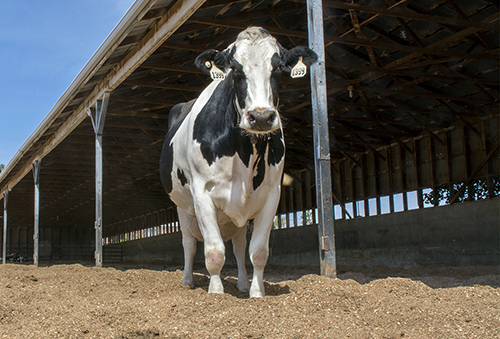
Clinical ketosis is a regular problem for all milk producers. It is estimated to affect 7 to 14 percent of all cows within a few weeks of calving.
Also well-known are the many serious side effects that tend to go with it, including greater risk of other fresh cow disorders like displaced abomasum (DA) and retained placenta, delayed first heat, lower conception rate, and reduced immune function that increases the risk of other diseases taking hold.
It all adds up to a greater risk of early culling.
Subclinical ketosis is not nearly as well-known, since affected cows do not show the clinical symptoms of poor appetite, lethargy, and falling milk production. But the reality is that subclinical ketosis affects three to four times more cows. In fact, Cornell University researchers have seen incidence rates of over 50 percent in some herds.
What is important for producers to consider is that subclinical ketosis cows face the same risk challenges that clinical ketosis cows do.
Early detection is important to reduce the effects of subclinical ketosis. It is highly detectible with cowside tests that use blood, milk, or urine, although large herds may find the logistics of testing many animals daunting.
Industry standard treatment is a 12-ounce oral drench of propylene glycol for three to five days, although some veterinarians and producers use a 50 percent dextrose solution delivered intravenously. The effects of treatment have been impressive in research trials.
In the Cornell study, subclinical ketosis cows that received propylene glycol were 1.6 times less likely to have a DA, 2.1 times less likely to be culled early, and 1.3 times more likely to conceive at first service than those that did not.
"Out of sight, out of mind" makes it easy for producers to not look for subclinical ketosis, but finding and treating it may be well worth the effort.
(c) Hoard's Dairyman Intel 2016
August 22, 2016








